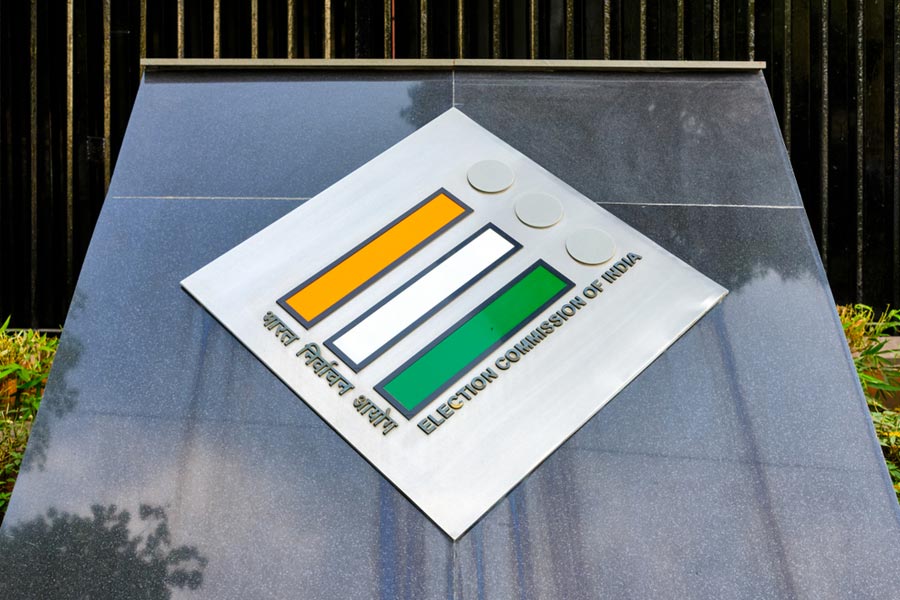 |
Manish, a trader, is extremely dissatisfied with his credit card. He currently has an outstanding on the card and is looking for an option that will not necessitate him to pay off his dues immediately, but at the same time enable him to get rid of the card. Manish should opt for the balance of transfer facility.
What is balance of transfer?
It is a facility offered by credit card issuing companies to card holders wherein the outstanding balance on a credit card can be transferred to a less-used card or a new card. Banks provide incentives to customers who want to use the balance of transfer by providing a low-interest or interest-free period.
When an individual opts for the balance of transfer, the credit limit of the less-used card or the new card from which the facility is being used will be lowered proportionately to the balance transfer amount. So, if your credit limit is Rs 1,00,000 and you have opted for balance of transfer worth Rs 40,000, your credit limit will be reduced to Rs 60,000.
Also, the balance of transfer limit cannot exceed 80 per cent of the credit limit.
When to use the facility?
You can opt for balance of transfer under the following circumstances.
High interest rate: If individuals face a situation where the interest rate charged by a new credit card is lower than the current credit card, the interest cost can be reduced by transferring the outstanding balance to the new card.
Dissatisfied with the service: Individuals, who are not content with the service provided by the current credit card company because of various issues such as improper billing or non-receipt of bill, can opt for balance of transfer. Individuals can transfer the balance of in such a card to another card and get rid of the old card.
Inability to finance the debt: If an individual has a high outstanding balance on a card and is unable to finance it because of a short-term liquidity crunch, or if the individual has an exorbitant debt to pay off, the balance of transfer facility can provide a temporary relief.
What are the costs?
In order to induce customers, banks offer a low rate of interest or sometimes even zero interest on the balance transfer for a specified period. What is noteworthy is that these attractive rates (zero or low rates) are valid for only an introductory period, that is 3-6 months, after which the bank will start charging you the normal rate of interest.
A processing fee is also levied by banks which can be in the range of 2-5 per cent of the total amount.
Let us take the example of Bank ABC which offers two plans for the balance of transfer.
Plan A: Transfer at 0 per cent interest rate for 3 months, followed by 2.95 per cent interest rate after the third month and a 2 per cent processing fee, or Rs 199, whichever is higher.
Plan B: Transfer at 0.75 per cent for 6 months and a 2.95 per cent interest after the sixth month and a 1 per cent processing fee, or Rs 100, whichever is higher.
What is the process?
Inform the credit card company to whom you would want your outstanding debt to be transferred to
Fill in the form provided by them with details pertaining to your old credit card along with a copy of your latest credit card bill and submit it
Within 7-10 working days, the credit card company will send you a demand draft (DD) which will have the name of your old credit card issuer on it. After having submitted this DD to your old credit card company, your outstanding debt gets cleared with them and the same will be transferred to the new credit card issuer.
Points to ponder
The processing for the balance of transfer takes 7-10 working days.
While you’re waiting for the balance of transfer to get through, there are chances you’ll miss the due date for payment on your old card. That means you haven’t paid the minimum amount which accounts for a default and can affect your credit report. So, make sure you pay the minimum due amount when the balance of transfer is getting processed.
Keep track of the period for which you enjoy low-interest or zero-interest and make sure you pay off your dues within that time frame.
Any purchases and expenses on the card on which you have opted for the balance of transfer will not fall under the low or zero-interest purview.
In order to make the most of the balance of transfer facility, make sure you make the maximum payment during the low-interest or interest-free period so that your finances are not impacted when the interest rate kicks in.
Also, note that moving from one card to another provides you with temporary interest relief. Take advantage of that and reduce your dues.
Remember, the credit card company is betting on you not clearing the debt in time because that’s when they start making money.
The author is CEO of BankBazaar.com











